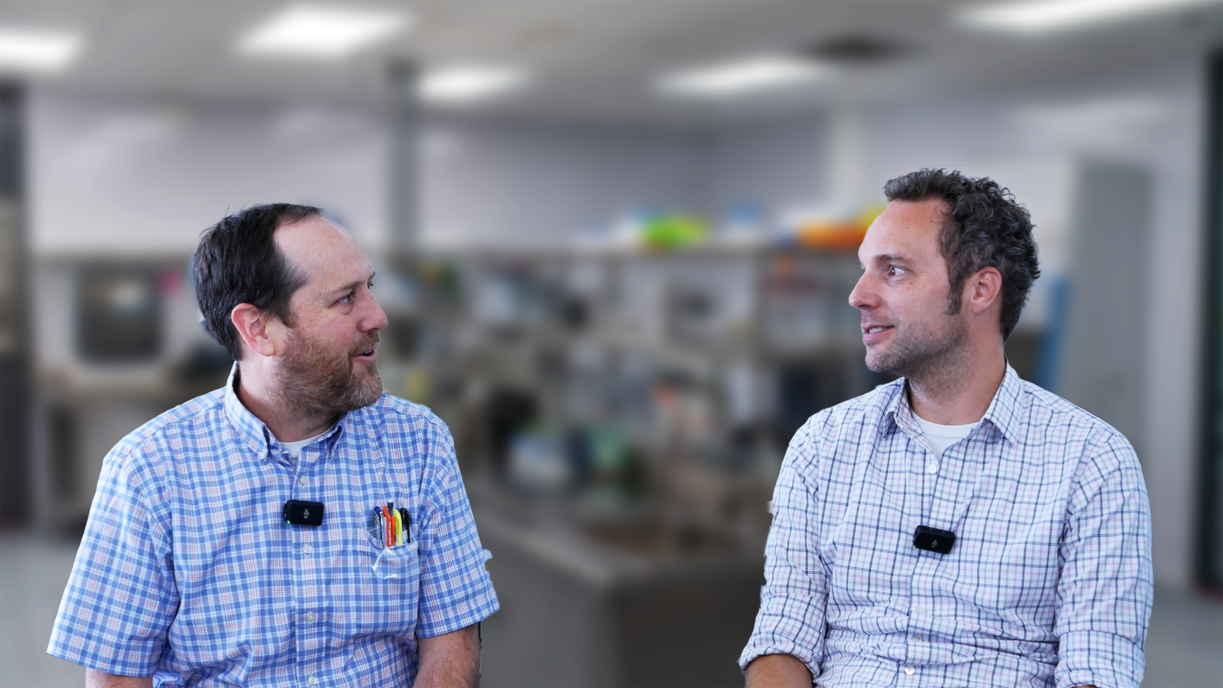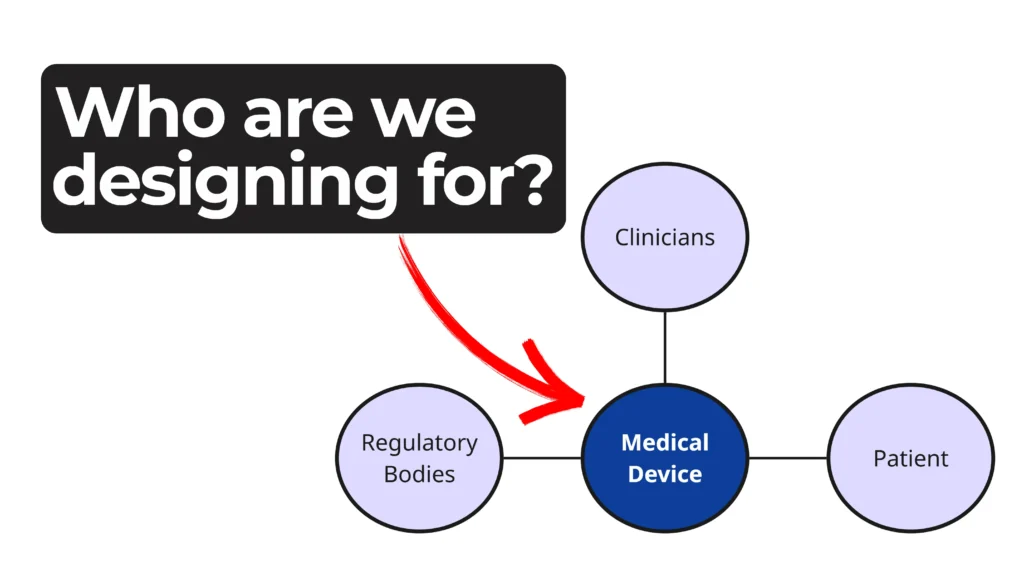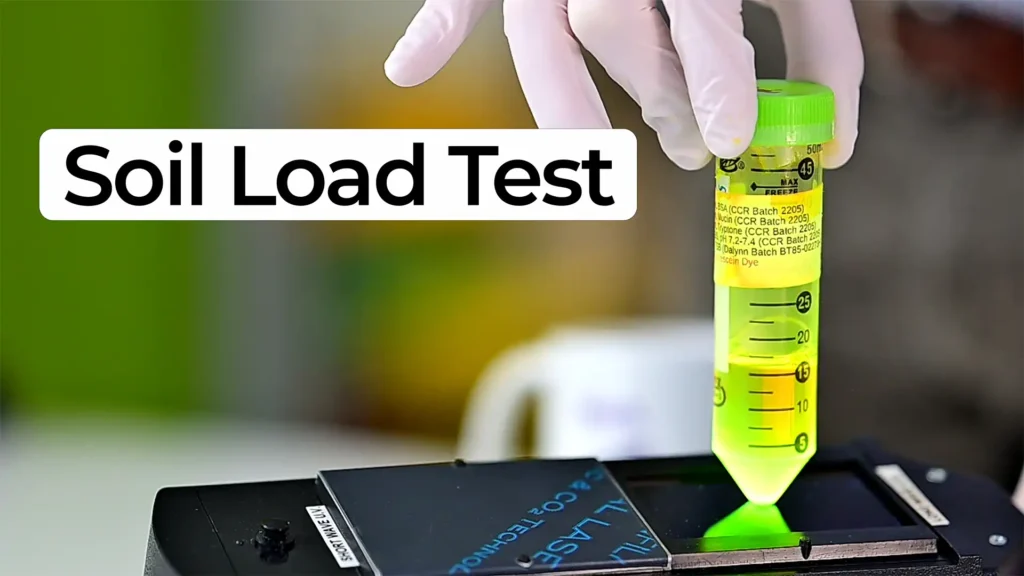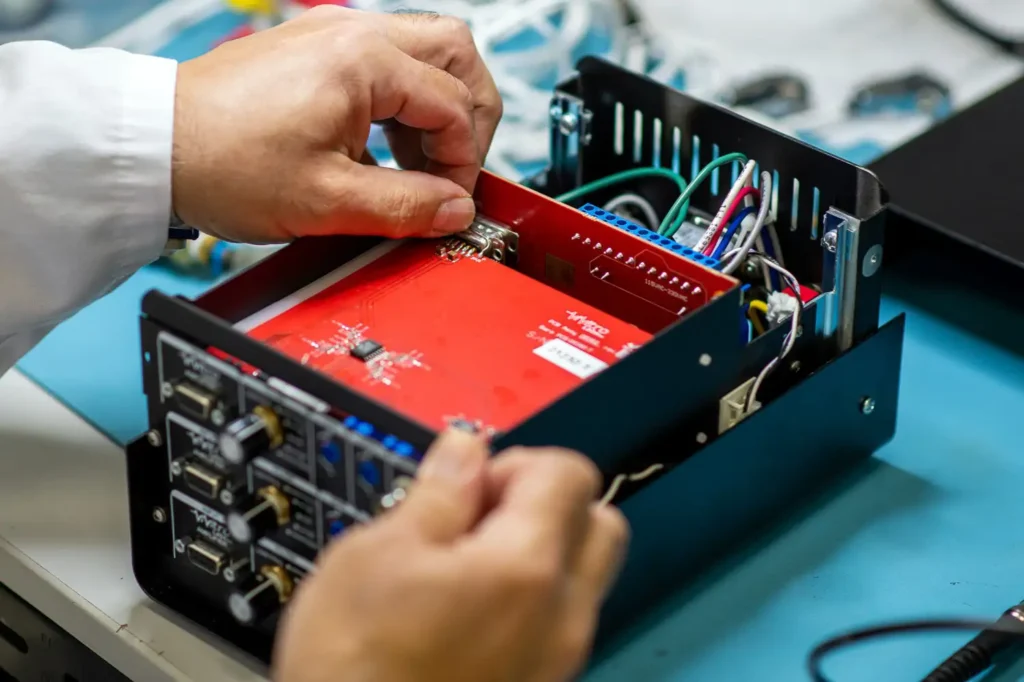
Bio Break: Strategies for Expanding Market Reach
Nick and Joris explore the fascinating world of repurposing existing medical device technologies for new market sectors. As engineers and innovators, we often focus on creating brand-new solutions, but what about leveraging tried-and-true technologies to expand into untapped markets? This strategy not only opens doors to new revenue streams but also maximizes the potential of existing innovations.
The conversation begins with an insightful discussion on how companies like Abbott and Dexcom have successfully transitioned their continuous glucose monitors from prescription-based to over-the-counter (OTC) products. Joris highlights the critical role of regulatory planning in this process. Transitioning to OTC isn’t just a matter of changing the product label; it requires redefining user interfaces, conducting extensive clinical trials, and ensuring the product is safe and effective for a broader, less trained audience.
Nick and Joris dive into the complexities of adapting devices for new use cases. They discuss how user interfaces designed for healthcare professionals need significant simplification for at-home users. This step often includes rebranding efforts, as seen with Dexcom and Abbott, to better align with the new target audience.
The duo also touches on how the same strategy applies to pharmaceuticals, such as medications originally developed for one condition but later approved for entirely different indications, like Ozempic’s transition from diabetes management to potential neurodegenerative applications. However, unlike pharmaceuticals, medical devices often require tangible changes to the hardware or software, making the repurposing process both a technical and strategic challenge.
Whether you’re a startup or an established medtech company, this Bio Break episode offers valuable insights into how repurposing existing technologies can expand your market presence while navigating the unique regulatory and user-experience challenges involved.
Strategies for Expanding Market Reach
Learn how StarFish Medical led a consortium that created a Ventilator 2.0 therapy device in record time.
Related Resources

Every phase of a device’s life cycle involves different people with distinct needs—from clinicians and patients to service technicians and regulatory bodies.

Nick Allan and Nigel Syrotuck explain how a fluorescent protein assay helps engineers measure contamination and cleaning performance in medical devices.

Your team is ready for design validation. The prototype performs well, test plans are in motion, and everything points to a smooth handoff to manufacturing. Then your partner calls with bad news: they can’t build the device as designed.

You’ve cleared the toughest engineering hurdles and proven your design works. Then, just as you prepare to scale, your contract manufacturer turns you down.
